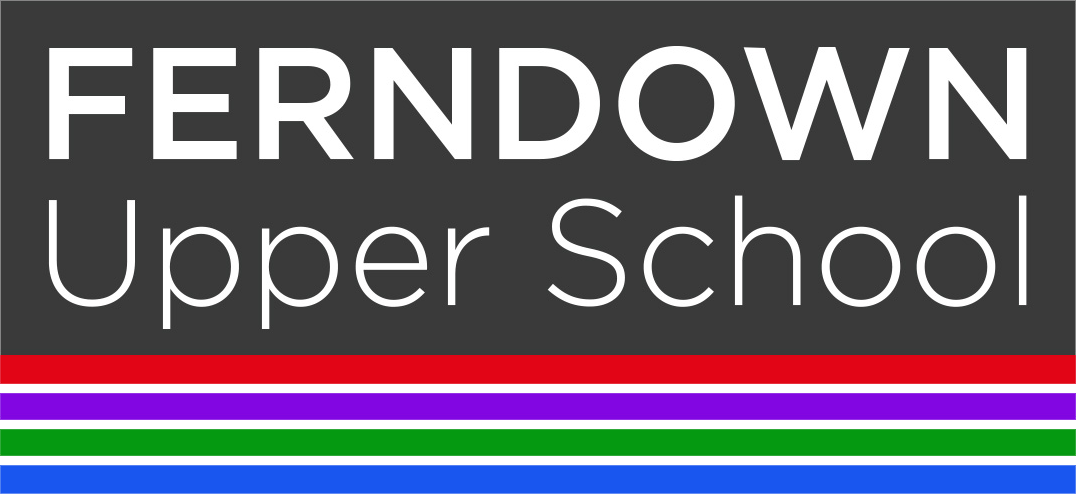Equality
Equality Act
Ferndown Upper meets the Equality Act 2010 and the Public Sector Equality Duty 2011 in the following ways.
There are specific polices that direct the schools actions – copies of these polices are available upon request.
- ACCESSIBILITY PLAN & DISABILITY EQUALITY SCHEME
- EQUAL OPPORTUNITIES POLICY – Students
- EQUAL OPPORTUNITIES POLICY – Staff
- Disability
- Gender reassignment
- Pregnancy and maternity
- Race
- Religion or belief
- Sex
- Sexual orientation
- Narrowing gaps in attainment between groups of pupils, for example girls and boys.
- Improving school attendance of pupils from particular groups.
- Increasing the participation of particular groups in school activities.
- Reducing prejudice-related bullying and the use of derogatory language.
- Improving knowledge, skills and attitudes to enable pupils to appreciate and value difference and diversity – for example increasing understanding between pupils from different faith communities.
